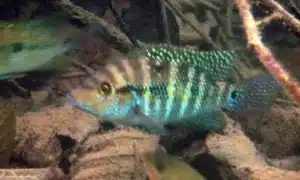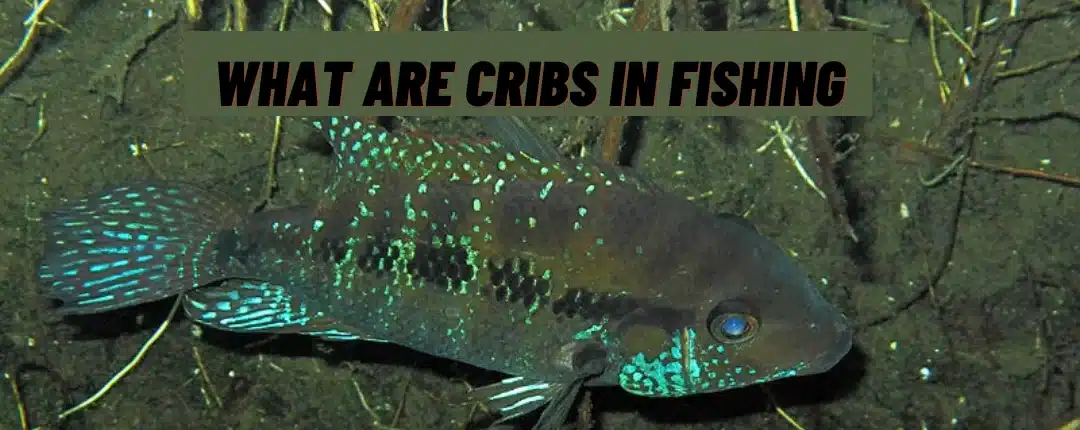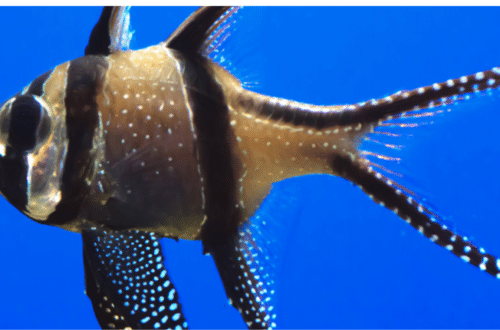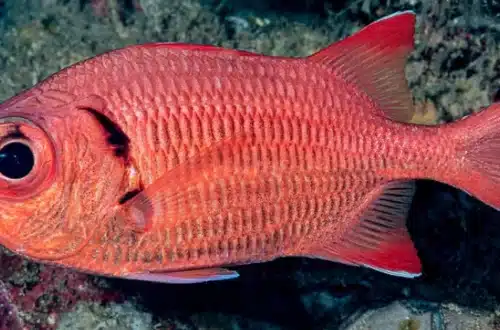Any passionate angler knows that success requires specialized gear and equipment. One crucial item frequently mentioned in fishing circles is the crib. But if you’re new to the sport, you may wonder – what exactly is a crib when it comes to fishing? The crib refers to a specific structure designed to attract and concentrate fish in a particular area. Spotting and fishing good cribs can help boost your odds of landing the day’s catch!
This article will explain everything you need to know about fishing cribs. You’ll learn to identify promising cribs and maximize these hot fishing holes.
What Are Cribs In Fishing

To comprehend the essence of cribs in fishing, let’s start by understanding their origin. Cribs are artificial underwater structures strategically placed in bodies of water to create a habitat for fish.
This practice is rooted in enhancing the environment for fish, providing shelter, and promoting breeding grounds. The evolution of cribs in fishing reflects a commitment to sustainable angling practices and the preservation of aquatic ecosystems.
Constructing the Perfect
The construction of cribs involves deploying materials such as logs, rocks, and even artificial structures made from eco-friendly materials. These structures mimic the natural habitat of fish, offering a refuge for them to thrive. Understanding the science behind constructing the perfect habitat is crucial for anglers seeking to optimize their fishing grounds.
Underwater Labyrinth
Imagine an underwater labyrinth where fish navigate through a maze of structures, seeking shelter and sustenance. Cribs create precisely that scenario, turning a once barren underwater landscape into a bustling hub of aquatic life. As an angler, mastering the art of navigating this underwater labyrinth becomes paramount for success in pursuing prized catches.
Impact on Fish Behavior
To truly grasp the significance of cribs in fishing, one must delve into the intricacies of fish behaviour. Cribs influence the movement and behaviour of fish, attracting them to specific locations.
These behavioural patterns are akin to unlocking the secrets of a hidden underwater world, allowing anglers to strategically position themselves for a successful catch.
The Mystery: What Draws Fish to Cribs?
The allure of cribs lies in their ability to mimic the natural features of a fish’s habitat. Whether it’s the submerged branches resembling underwater foliage or the strategic placement providing cover, cribs become a beacon for fish seeking refuge. Unravelling this mystery is critical to becoming a skilled angler capable of reading the underwater landscape.
Enhancing Fishing Success
As anglers strive for success, the role of artificial habitats like cribs cannot be overstated. These structures enhance fishing success by creating a conducive fish growth and development environment.
The symbiotic relationship between cribs and fish populations illustrates the positive impact of human intervention in promoting thriving aquatic ecosystems.
Environmental Impact of Cribs
Beyond their impact on fishing success, cribs play a pivotal role in environmental conservation. Anglers who understand and appreciate the delicate balance of aquatic ecosystems contribute to the sustainable future of fishing.
The responsible use of cribs underscores the importance of ethical angling practices that prioritize the well-being of fish populations and their habitats.
Crafting the Perfect Crib
Crafting the perfect crib is both an art and a science. Anglers who invest time in understanding the nuances of crib construction elevate their fishing endeavors to new heights.
Every aspect requires thoughtful consideration, from selecting suitable materials to strategic placement. This fusion of art and science encapsulates the essence of crib construction in fishing.
Evolution of Crib Technology
Cribs have been included in the ever-evolving landscape of fishing technology. Technological advancements have led to intelligent cribs equipped with sensors and monitoring devices.
These innovations provide real-time insights into fish behaviour, enabling anglers to adapt their strategies dynamically. The evolution of crib technology marks a new era in precision angling.
The Potential: Strategies for Fishing Around Cribs
As anglers venture into waters rich with cribs, unlocking their full potential requires strategic planning. Understanding the topography of the underwater landscape, identifying key crib locations, and adapting baiting techniques are all integral components. This section explores practical strategies for maximizing fishing success around cribs, ensuring a fulfilling angling experience.
Mapping the Underwater Landscape
Before casting a line, savvy anglers map the underwater landscape around cribs. Understanding the layout of these artificial habitats provides valuable insights into potential hotspots for fish activity. Utilizing fish finders and underwater mapping tools becomes essential for precision in navigation.
Adapting Baiting Techniques
The allure of cribs can be amplified by adapting baiting techniques to mimic natural prey. Observing the feeding habits of local fish populations and tailoring bait accordingly increases the chances of attracting prized catches. This strategic approach transforms the art of angling into a dynamic and rewarding pursuit.
Patience as a Virtue
In the realm of crib fishing, patience emerges as a virtue. Cribs may take time to attract fish, requiring anglers to adopt a patient mindset. A steadfast approach and an understanding of fish behavior ensure that the wait yields fruitful results.
Dynamic Adaptation to Conditions
Nature is unpredictable, and fishing conditions can change rapidly. Successful crib anglers embrace the need for dynamic adaptation. Whether it’s adjusting bait, changing fishing depths, or altering casting techniques, the ability to adapt ensures consistent success.
Conservation-Minded Practices
Anglers who frequent crib-laden waters are often advocates for environmental conservation. Practicing catch-and-release, adhering to fishing regulations, and promoting responsible angling contribute to preserving aquatic ecosystems. Being a conscientious angler is integral to conserving crib-enhanced fishing grounds.
Final Thoughts
What are cribs in fishing? It unveils a realm where art and science converge. As artificial habitats, cribs enhance fishing success, shaping a harmonious relationship between anglers and aquatic ecosystems. Navigating this underwater labyrinth requires strategic planning, patience, and dynamic adaptation.
Embracing conservation-minded practices ensures the sustainable enjoyment of crib-enhanced fishing, marking a commitment to ethical angling and environmental stewardship.






